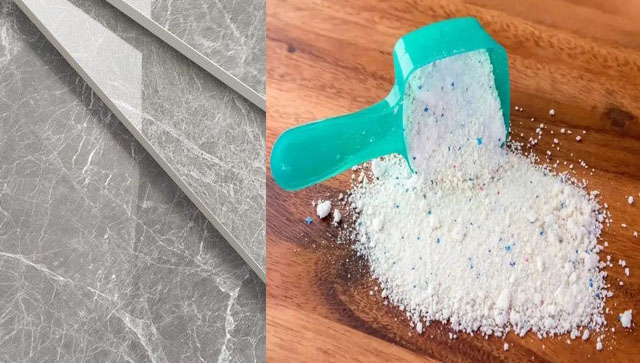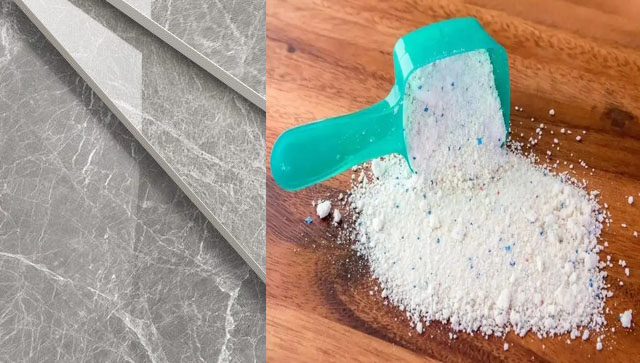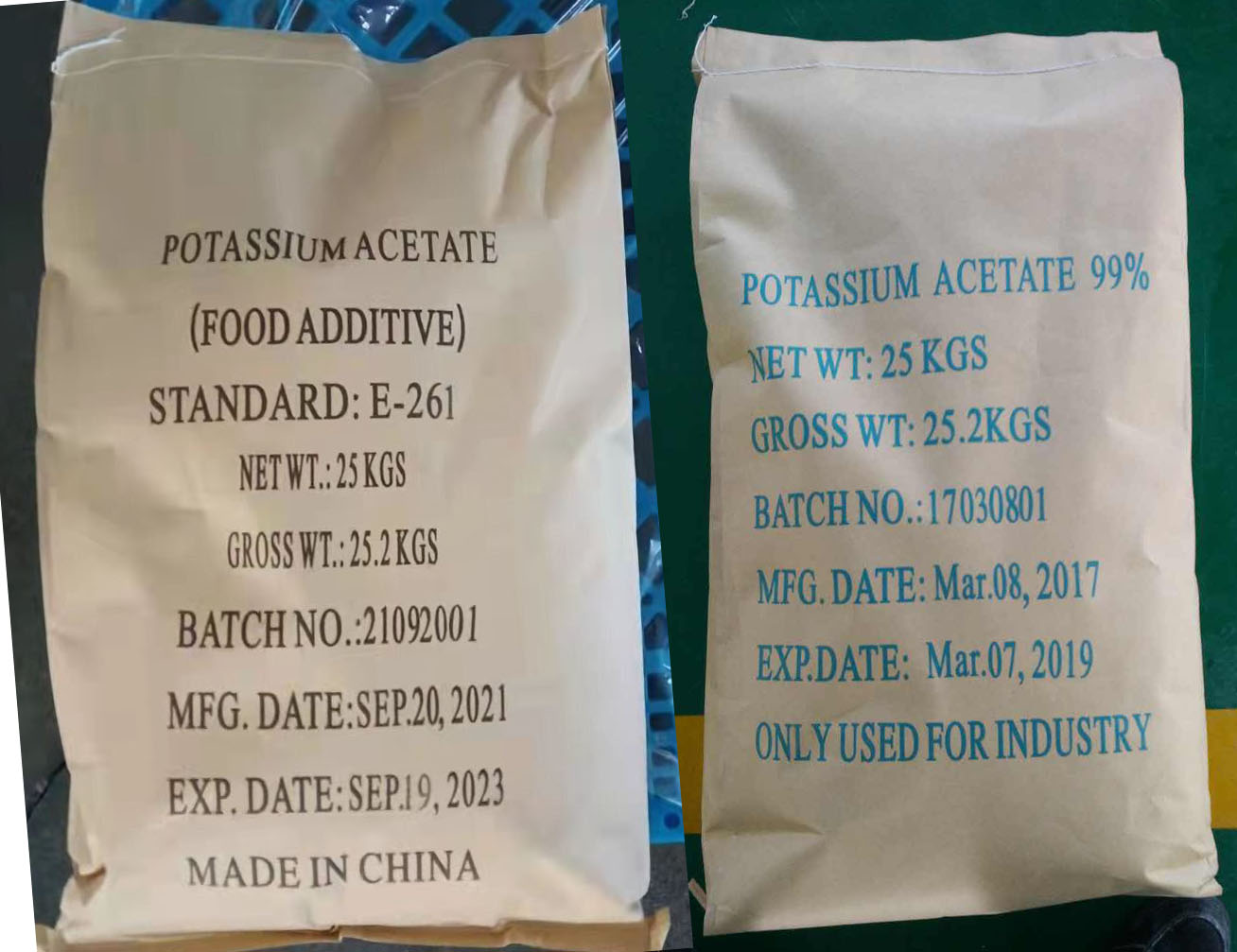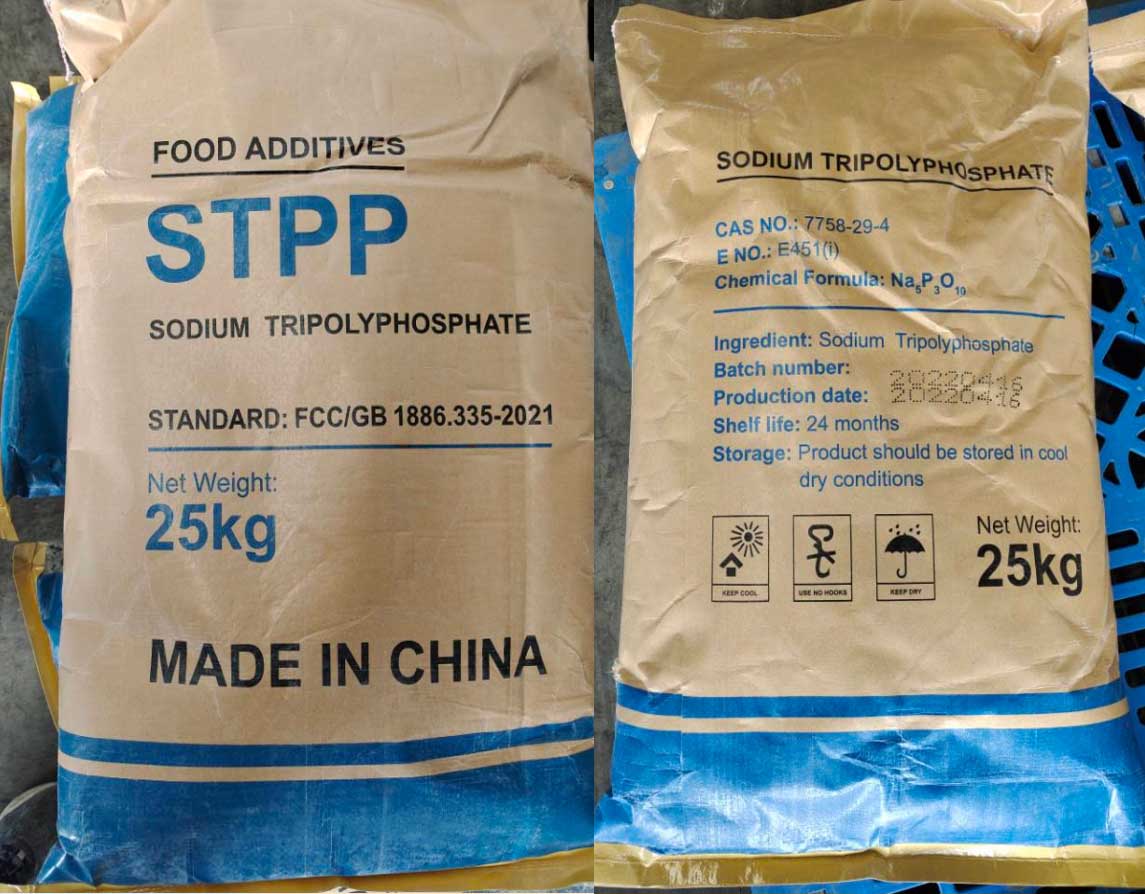Phosphates are widely used in seafood processing to improve quality, extend shelf life, and enhance the texture and appearance of seafood products. They work primarily by modifying water retention, stabilizing proteins, and preventing spoilage.
✅ Functions of Phosphates in Seafood Processing:
Moisture Retention
Phosphates increase the water-holding capacity of seafood, preventing dehydration during storage, freezing, and cooking, which helps maintain juiciness and weight.Texture Improvement
Phosphates help stabilize muscle proteins, improving the firmness, elasticity, and bite of seafood such as shrimp, squid, and fish fillets.Color Preservation
They help prevent discoloration (especially yellowing or browning) during storage, keeping seafood visually appealing.Prevention of Oxidation
Phosphates act as antioxidants by chelating metal ions like iron and copper, which can trigger fat oxidation and spoilage.Shelf Life Extension
By controlling pH and preserving moisture, phosphates slow down microbial growth, extending the freshness and safety of seafood.
✅ Common Phosphates Used in Seafood:
| Phosphate Name | Typical Usage Purpose |
|---|---|
| Sodium Tripolyphosphate (STPP) | Moisture retention, texture |
| Tetrasodium Pyrophosphate (TSPP) | Color stability, antioxidant |
| Sodium Hexametaphosphate (SHMP) | Chelating, dispersing agent |
| Sodium Acid Pyrophosphate (SAPP) | pH control, anti-browning |
✅ Dosage of Phosphates in Seafood Processing:
0.3% – 1.5% (based on the weight of seafood)
Usage is strictly regulated according to local food safety standards (such as FDA, EU, GB).
Example:
Shrimp soaking solution: 0.5% – 1% STPP + TSPP mixture.
Fish fillet treatment: 0.3% – 0.6% STPP solution.
✅ Common Seafood Products Treated with Phosphates:
Shrimp
Squid
Scallops
Crab meat
Fish fillets (cod, tilapia, pollock)
✅ Benefits of Phosphate Treatment in Seafood:
Reduced drip loss during thawing
Improved product yield
Enhanced mouthfeel and tenderness
Fresher appearance and color
Reduced off-odors and rancidity
✅ Safety and Regulations:
Phosphates are approved food additives globally and are safe within regulated dosage levels. However, excessive use may result in an undesirable soapy texture or taste, so precise control is critical.




